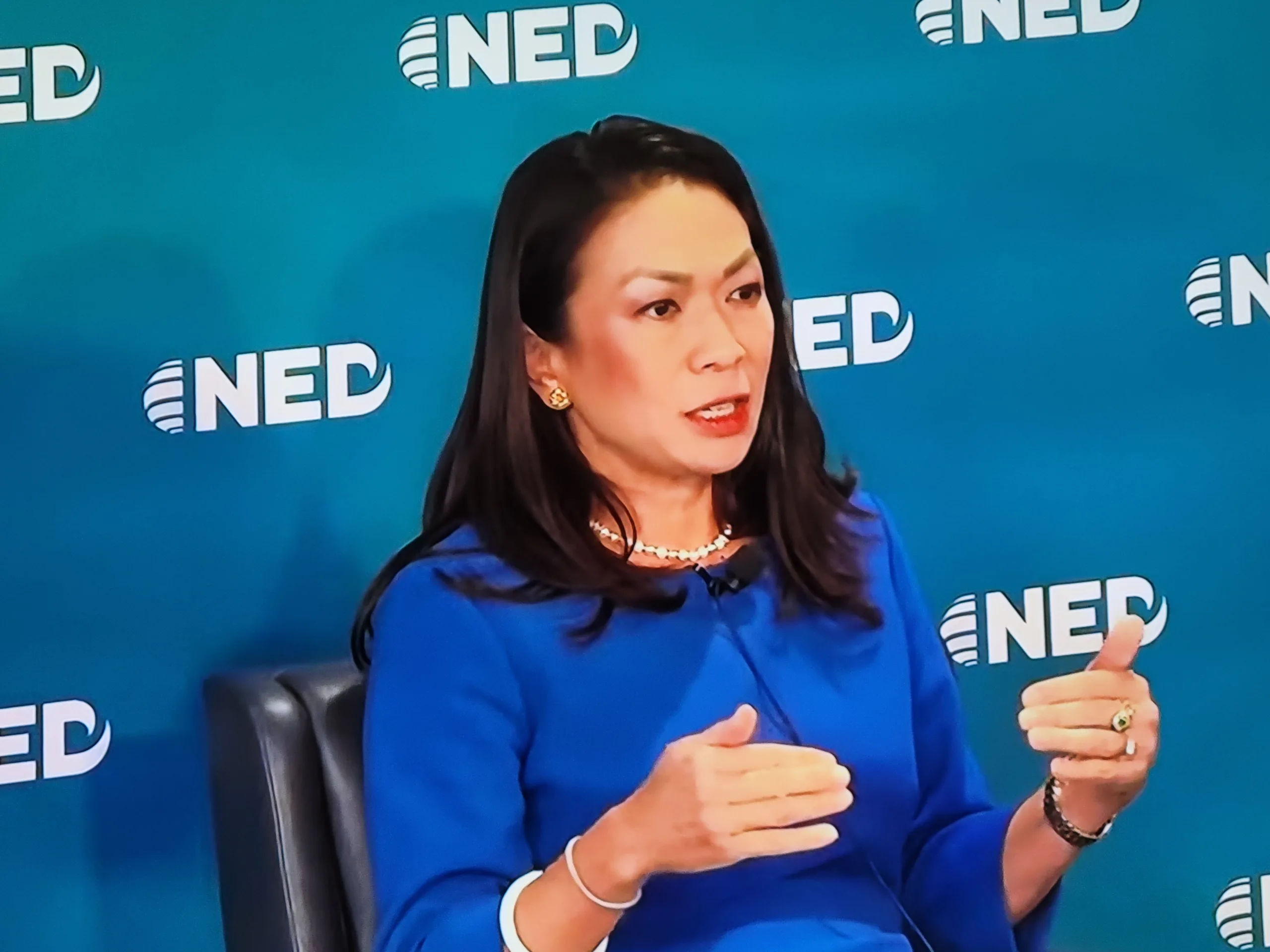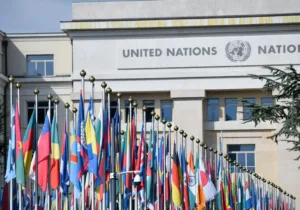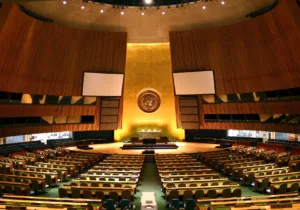The UN Human Rights Council was created in 2006 in place of the UN Commission on Human Rights, making it one of the UN’s newer entities. Eric Tistounet’s book The UN Human Rights Council: A Practical Anatomy adds to our understanding of United Nations bodies and how human rights are addressed within this multilateral institution. Given the Biden administration’s decision to rejoin the Council, it is also a timely book to read on international human rights action. Moreover, as the top official serving in the UN Secretariat of the Council, Tistounet is particularly well-placed to provide an account of the Council’s functioning, and he succeeds in offering an unparalleled description of the UN’s principal human rights body. The monograph he has put together is readable, well-researched, and clearly benefits from his encyclopedic knowledge of the Council.
One of Tistounet’s key achievements with this book is demystifying the Council’s operations and working methods, even delving into the granular issues of how and why states offer amendments to resolutions introduced by another state. In this regard, students interested in the UN and human rights as well as practitioners who seek to participate in the Council will find it a useful manual. In this vein, he describes the Council’s voting process, which is a ten-step process, as well as rules about the timeframe to introduce texts and the selection process for the independent experts who serve as part of the system of Special Procedures. For example, he clarifies that unlike the nomination process for the Special Procedures, the appointment process for ad hoc mechanisms, such as commissions of inquiry and fact-finding missions, are primarily handled by the council president. While his use of the analogy of the human body to frame his book is unnecessary and somewhat awkward, his account is comprehensive and marked by clarity and precision. Particularly useful are chapters two, three, and six, which cover the Council’s functions; its governance, particularly the role of the president and the bureau; and the procedures for voting and motions.
His account also speaks to the import of human agency and the difficulty nations face as they endeavor to give human rights meaning and practical application in the world. Although it is not his primary objective with this book, the chapter on the role of the Human Rights Council president, which is held by a member state elected to that position, demonstrates the role that dedicated and talented diplomats can play in managing state negotiations and navigating divergent state interests and ideals. For example, UN General Assembly resolution 60/251, which created the Council, was silent on numerous institutional features, including the modalities for country-specific resolutions and the Universal Periodic Review process, leaving Mexican Ambassador Luis Alfonso de Alba, the first president of the Human Rights Council, the responsibility of securing agreement on these issues during the Council’s first year. The decisions made during the negotiations that de Alba oversaw have continued to guide the Council’s working methods and rules.
Tistounet also offers some useful statistics on the number of resolutions, decisions and presidential statements adopted by the Council. Yet, in several instances, further analysis and evaluation on questions such as instances where the Council has been effective in bringing tangible relief and redress to human rights victims; the degree to which the Council’s work, such as the myriad resolutions on issues ranging from the environment to the role of human rights defenders causes real-world change; and human rights areas where the Council’s attention is missing. He himself notes that the Council’s state delegations can operate “in their own bubble and dramas.” To be fair, he does not claim that the book will delve into these kinds of judgments, and given his continuing service in the United Nations, he may have determined that these controversial judgments could complicate his work with state delegations and other Council stakeholders. Yet, given his experience and unique vantage point, perhaps he will tackle these thorny issues in a sequel.
In numerous instances, he appears to very purposefully and carefully keep the text of the book devoid of drama or judgment. For example, his language in describing the situation when verbal statements from the government of Burundi attacked Doudou Diene, who served as chair of the Commission of Inquiry on Burundi, is marked by great restraint and without making judgments on the behavior of the government of Burundi. In a similar vein, while he notes that the majority of the Council’s Special Procedures focus on thematic human rights issues, such as torture or human rights defenders, and only a minority being dedicated to specific countries, he only goes as far as stating that “this testifies to the difficulties faced by the intergovernmental community in dealing with human rights violations at the country-level” without offering an assessment of why the international community has failed in this regard or how politics among states have thwarted addressing country-specific human rights abuses.
As an American academic and a former US diplomat, I find myself challenged by Tistounet’s book to revisit some of my assumptions about the most useful kinds of multilateral human rights action. For example, the value he places on unanimity and consensus in the Council’s actions as opposed to combative voting as well as his view of the Universal Periodic Review process as useful as a regular review mechanism, even if it has failed to draw significant attention to human rights hotspots. As the US reengages in the Council, it was thus refreshing to be introduced to a different viewpoint. Christian readers not familiar with tools to promote and protect human rights globally will find this a practical guide—though the UN’s human rights bodies and procedures may still appear byzantine.






